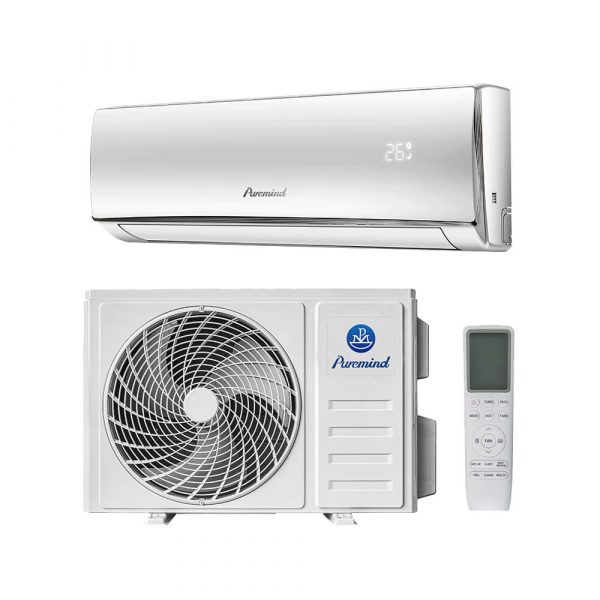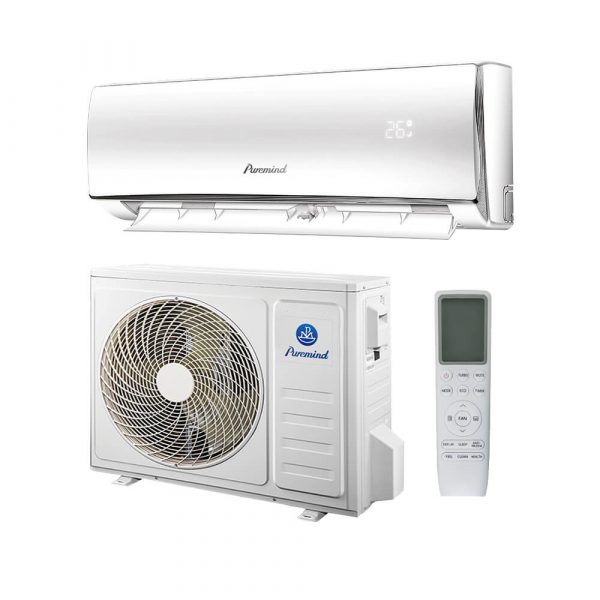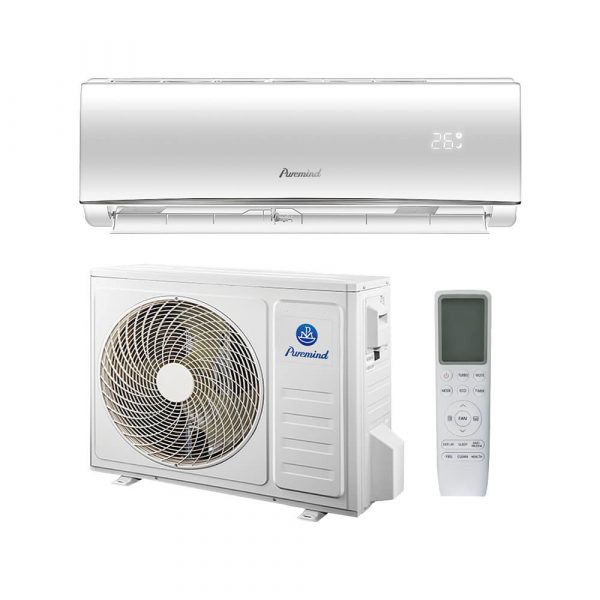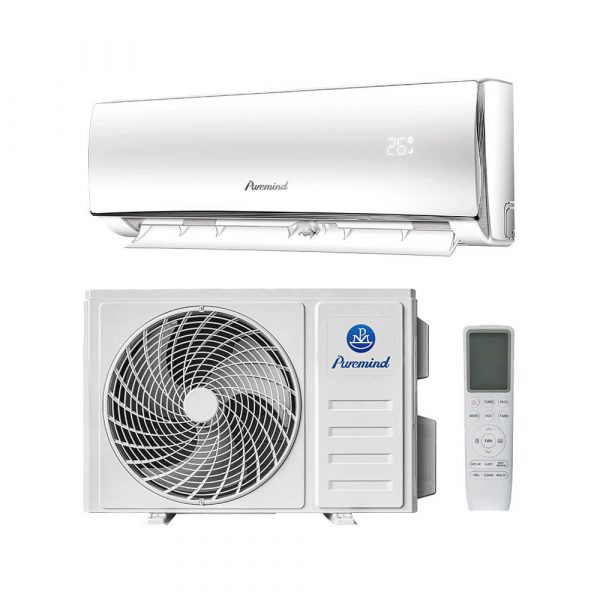Complete Guide: Mini Split Heater and Air Conditioner Systems for Modern Businesses
In today’s fast-changing commercial environment, mini split heater and air conditioner systems have become the preferred choice for businesses seeking reliable, efficient year-round climate control. This comprehensive guide explores how these systems work, their major benefits for B2B organizations, cost considerations, and practical advice for selecting the right model in 2025.
1. What Is a Mini Split Heater and Air Conditioner?
A mini split system combines both heating and cooling functions in a compact, ductless solution. Unlike traditional HVAC setups, these systems offer targeted temperature control without the need for extensive ductwork, making them suitable for a wide range of commercial environments—from offices and data centers to retail stores and warehouses.
2. Key Features and Advantages for B2B Customers
- All-in-One Climate Control: Provides both efficient heating and cooling from a single unit.
- Zone Flexibility: Easily manage temperatures in separate areas, maximizing comfort and reducing waste.
- High Energy Efficiency: Advanced inverter technology lowers utility bills and reduces carbon footprint.
- Scalable Solutions: Ideal for both small offices and large, multi-zone commercial spaces.
- Quiet Operation: Minimal noise, perfect for workspaces that require a peaceful environment.
- Easy Installation: No major building renovation required—save time and labor costs.
3. How Do Mini Split Heater and Air Conditioner Systems Work?
Mini split systems consist of two main components: an outdoor compressor unit and one or more indoor air handling units. Through refrigerant lines, the system provides heating in winter and cooling in summer, automatically adjusting output to maintain the desired indoor temperature. Modern systems feature smart controls for remote operation and precise scheduling.
4. Cost Analysis and ROI for Commercial Projects
- Initial Equipment Cost: Depends on capacity, number of zones, and brand reputation.
- Installation Cost: Lower than ducted systems, especially for retrofits or additions.
- Operational Savings: Reduced energy consumption and maintenance translate to long-term savings.
- Rebate Eligibility: Many regions offer commercial rebates for high-efficiency mini split systems—explore Puremind’s split air conditioner selection for rebate-eligible models.
Case Study: A regional tech firm upgraded to mini split heater and air conditioner systems across five branches. The company realized a 25% reduction in annual energy costs and improved employee comfort, all with a payback period of less than three years.
9. Conclusion: Why Mini Split Heater and Air Conditioner Systems Are the Smart Choice for B2B
For forward-thinking B2B organizations, mini split heater and air conditioner systems deliver unmatched flexibility, efficiency, and cost-effectiveness. Start optimizing your workplace comfort and operational savings today by exploring Puremind’s mini split solutions.
5. Selection Guide: Choosing the Right System for Your Business
- Assess square footage and zone requirements for your commercial space.
- Prioritize ENERGY STAR or equivalent efficiency ratings for utility savings and rebate access.
- Consider advanced features: smart thermostats, remote management, and air purification.
- Work with certified installers to ensure optimal sizing and compliance.
- Request a detailed cost estimate, including both equipment and installation.
See Puremind’s Split Air Conditioner Catalog for the latest models and commercial solutions.
6. Frequently Asked Questions
- Can mini splits operate in extreme temperatures? Yes—modern units are designed for efficient performance in both hot and cold climates.
- What maintenance is required? Regular filter cleaning and annual professional servicing keep systems running efficiently.
- Is retrofitting possible for older buildings? Absolutely—ductless design makes them ideal for upgrades and expansions.
7. Sustainability and Regulatory Compliance
Adopting high-efficiency mini split heater and air conditioner systems helps businesses achieve ESG targets and meet evolving regulatory requirements for commercial energy use. Many industries now prioritize HVAC upgrades as part of broader green initiatives.
8. Future Outlook: Trends for 2025 and Beyond
Expect ongoing innovation in smart control integration, improved efficiency ratings, and expanded rebate programs. Early adoption positions businesses for long-term cost control and sustainability leadership.







